Rifat Chadirji explores Iraqi architecture and identity at Columbia University
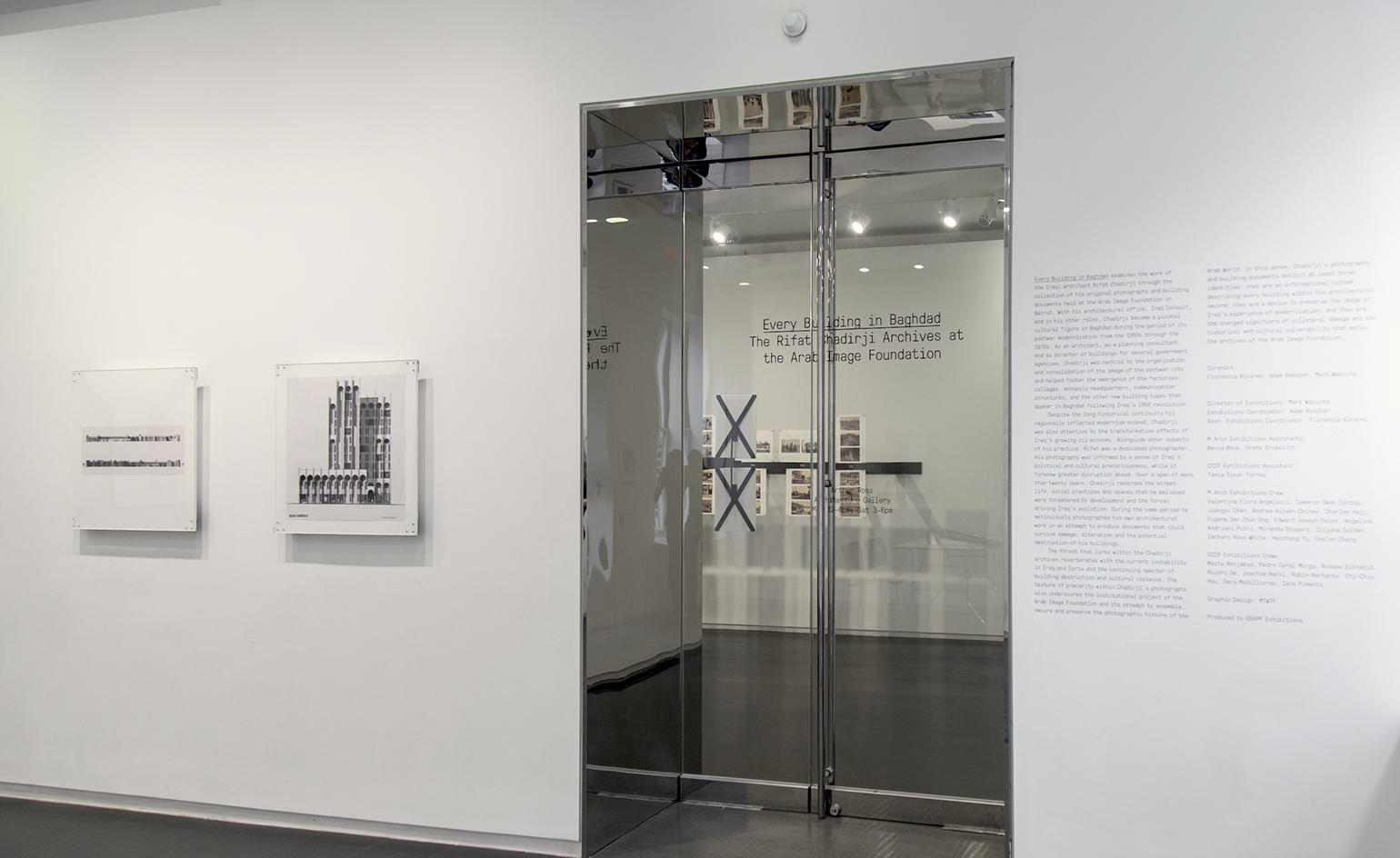
When Mark Wasiuta, director of exhibitions at Columbia University's Graduate School of Architecture, Planning and Preservation (GSAPP), visited the Arab Image Foundation in Beirut in 2013, he stumbled upon an unparalleled architectural and photographic archive.
One-hundred-thousand images of Iraq, taken by architect Rifat Chadirji – primarily of Baghdad and the 96 buildings he built there from the 1950s until the 1980s – revealed a city in flux. Chadirji's Baghdad reflected the same complexities and struggles inherent in his own work – namely how to embrace and combine modernism and the Iraqi identity.
Three years later, 'Every Building in Baghdad: the Rifat Chadirji Archives at the Arab Image Foundation', showing at Columbia's Arthur Ross Architecture Gallery, offers up ghosts of Baghdad's past and reflections on its future through a carefully curated selection of Chadirji's oeuvre. The images, on loan from the Foundation, are divided between the architect's photos of his own buildings and his street scenes of Baghdad's daily rituals.
The photographs are arranged simply to 'produce a strong encounter with the documents', says Wasiuta, who curated the exhibition with Florencia Alvarez Pacheco and Adam Bandler. In the small rectangular gallery space, cantilevered arms hold photographs off two walls – one displaying images of Chadirji's buildings, and the other scenes of city life.
Unsurprisingly, for an architect who was jailed by the Iraqi regime in 1978 and had his Monument to the Unknown Soldier in Firdos Square (commissioned by Abd al-Karim Qasim in 1958) destroyed by Saddam in 1980 and replaced by a statue of himself, Chadirji was obsessed with documenting his own work.
But as a co-ordinator of the new Baghdad master plan, he also lamented the loss of architectural heritage inherent therein. Alongside the plethora of post-1958 Revolution-era colleges, factories and communications headquarters – many of which he designed – he also photographed demolition sites, where Baghdad's historic buildlings were sacrificed for a brave new world.
In Chadirji's photographs, which often have an unstaged and spontaneous feel, Wasiuta sees a 'grim clairvoyance'. With recent memories of the Revolution and various coups and regime changes that followed, 'Chadirji believed that his buildings wouldn't last. Photographing them was a way to claim them and keep them'; and, one senses from the intimacy of the images, a way to document the essence of a city he loved, but was obliged to flee.
A meditation on impermanence, destruction and Iraqi identity wrapped within the context of Baghdad's great modernist moment, the exhibition evokes reflections on the city's fragile beauty and ongoing vulnerability.
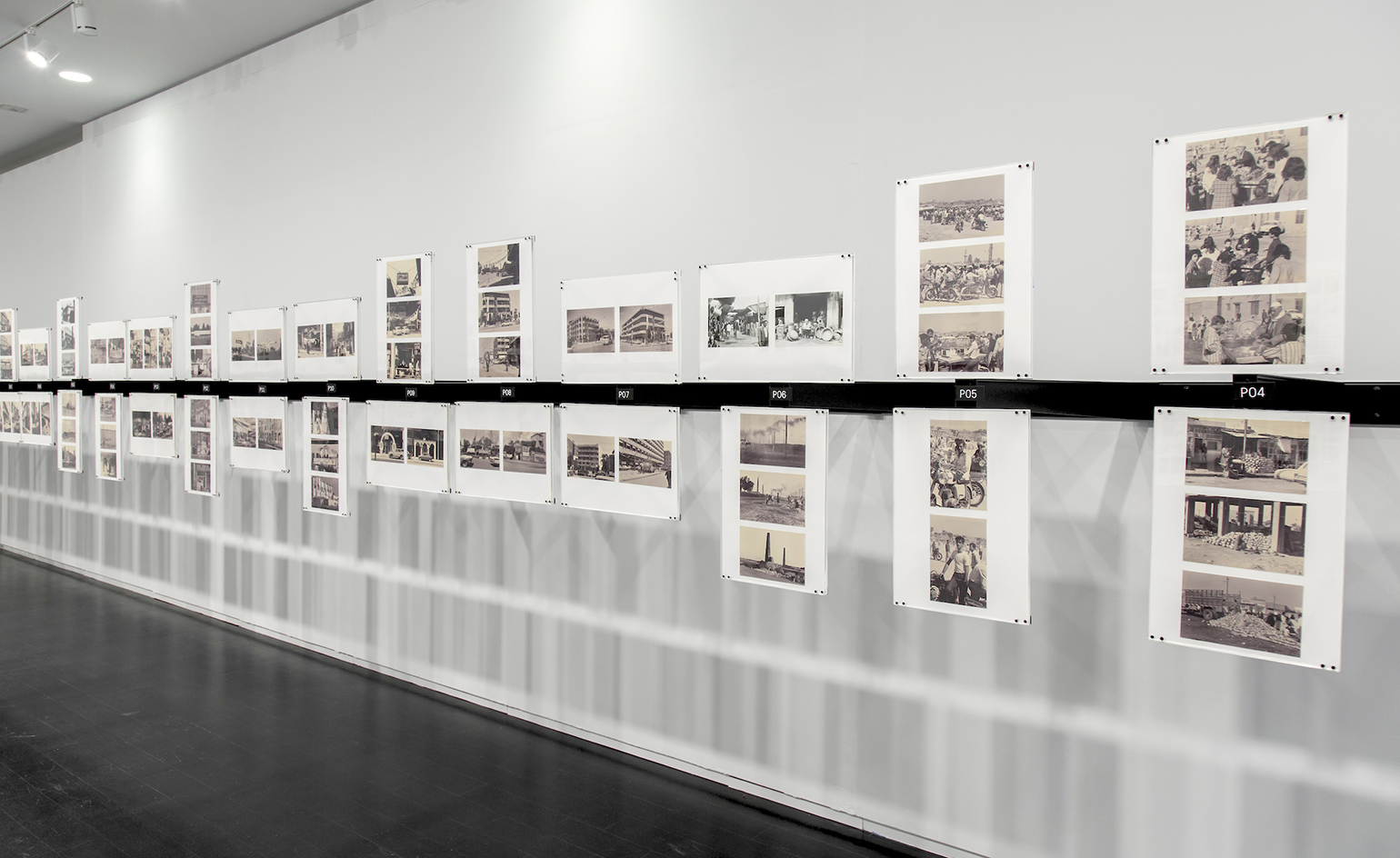
The show, curated by GSAPP director Mark Wasiuta with Florencia Alvarez Pacheco and Adam Bandler, is a simple presentation of the Iraqi architect's photos of his works and the changing urban landscape of Baghdad
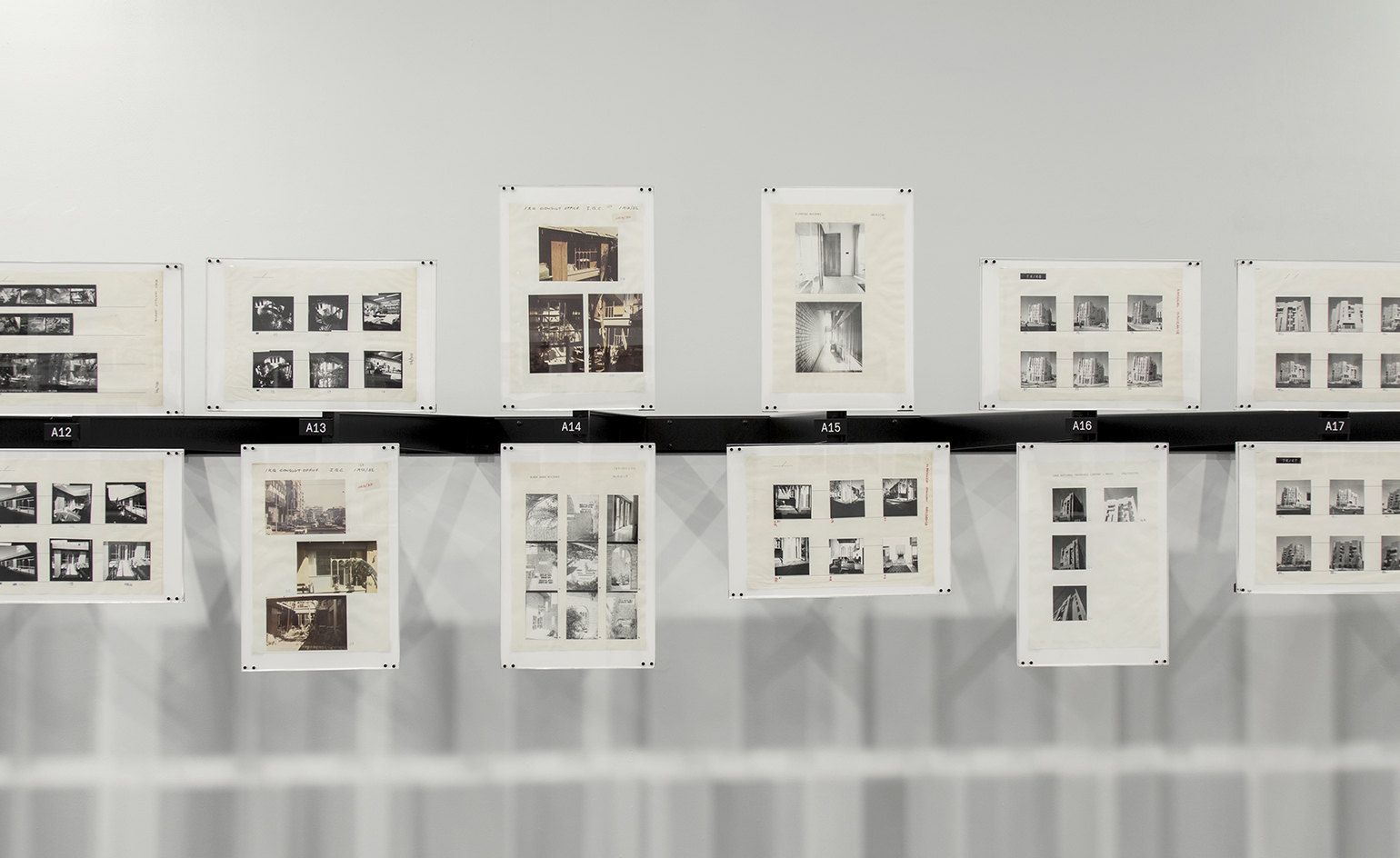
In the small rectangular gallery space, cantilevered arms hold photographs off two walls – one displaying images of Chadirji's buildings, and the other scenes of city life
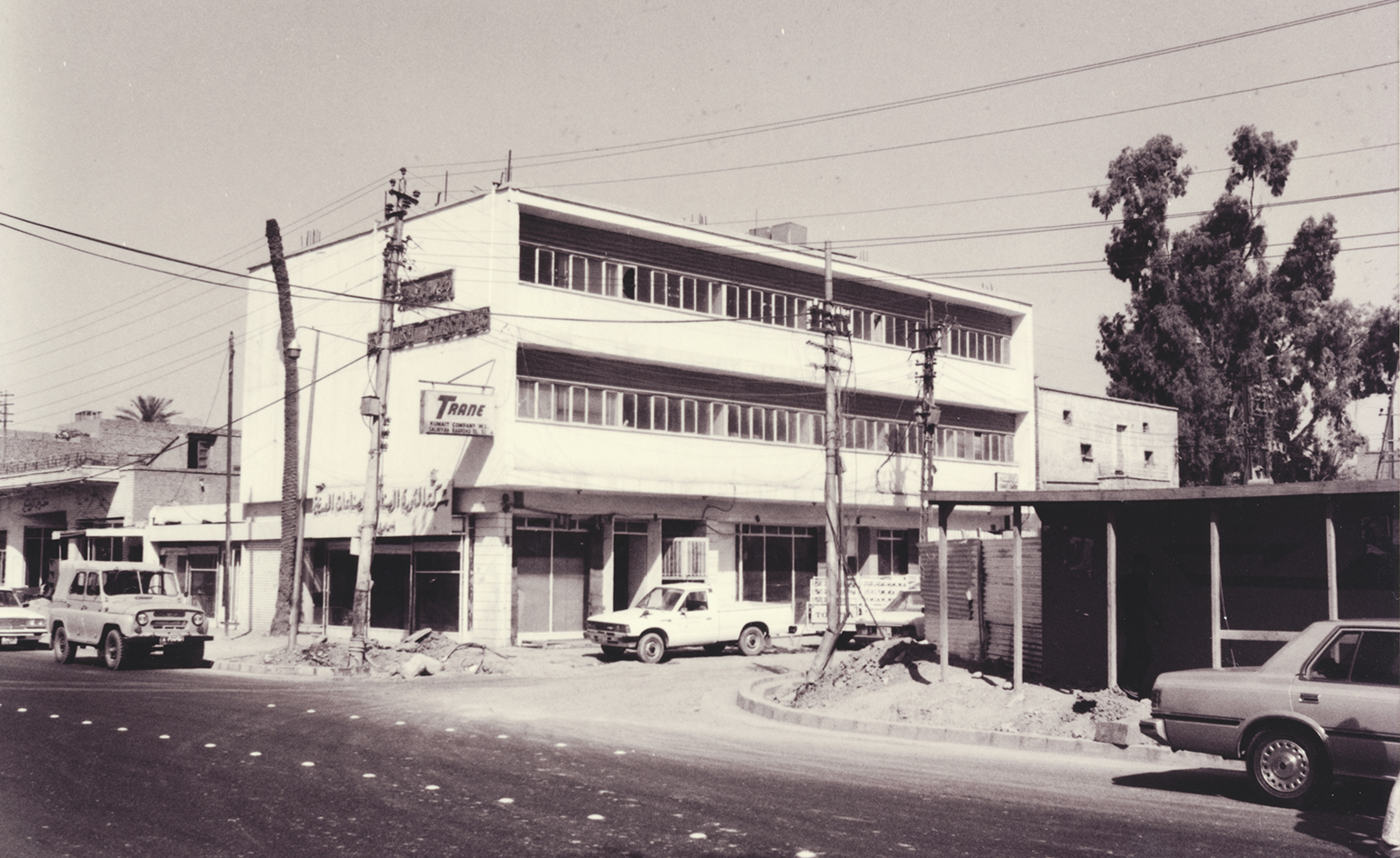
The photographs are arranged simply to 'produce a strong encounter with the documents', says Wasiuta. Pictured: Mixed architecture, commercial building, 1982.
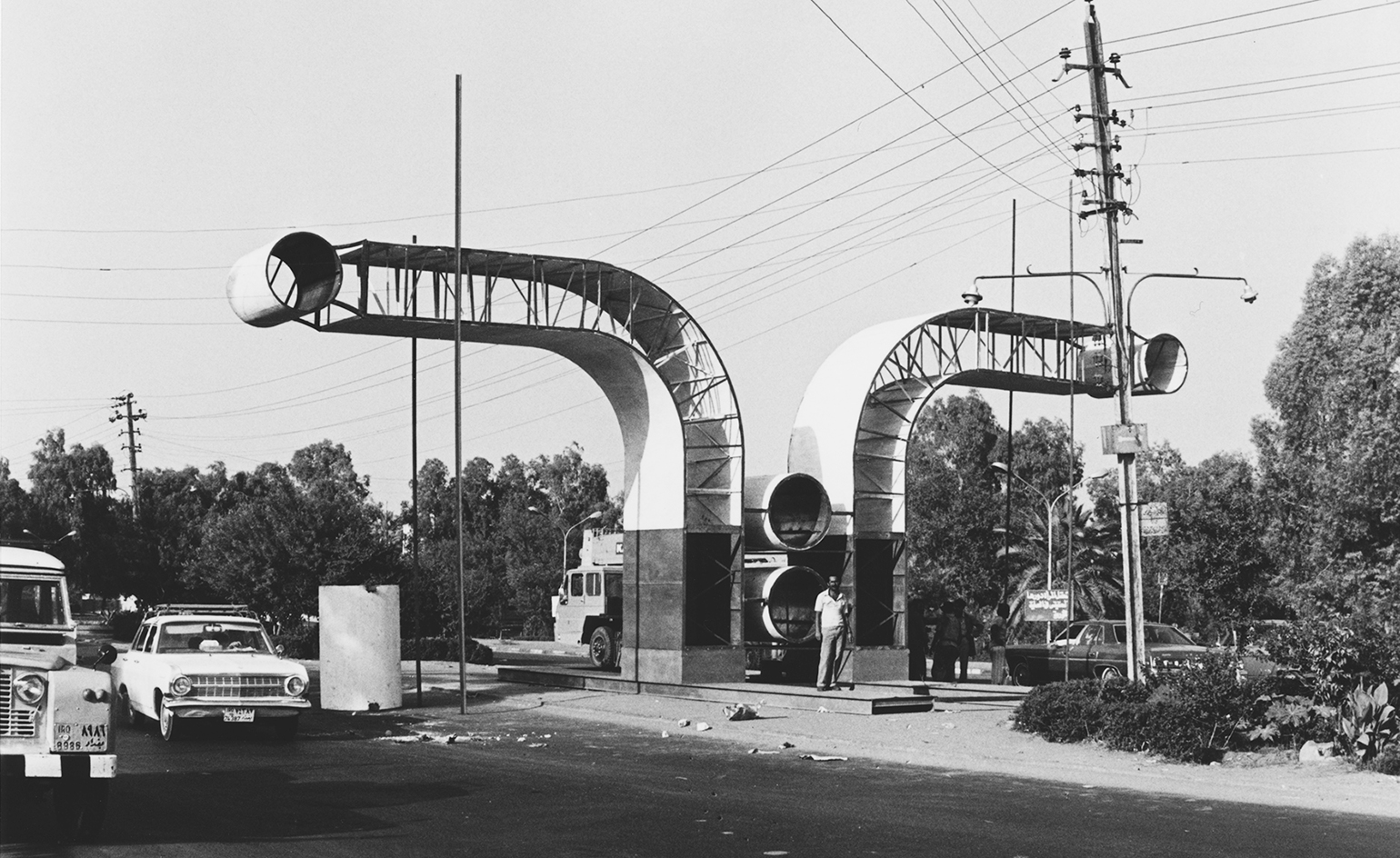
A meditation on impermanence, destruction and Iraqi identity wrapped within the context of Baghdad's great modernist moment, the exhibition evokes reflections on the city's fragile beauty and ongoing vulnerability. Pictured: decoration for Tammuz month (July) celebrating the revolution and the birth of the Baath party, 1978.
INFORMATION
’Every Building in Baghdad: the Rifat Chadirji Archives at the Arab Image Foundation’ is on view until 14 May. For more information, visit GSAPP Exhibitions’ website
ADDRESS
Arthur Ross Architecture Gallery
GSAPP
1172 Amsterdam Avenue
New York, NY 10027
Receive our daily digest of inspiration, escapism and design stories from around the world direct to your inbox.
-
 Why are the most memorable watch designers increasingly from outside the industry?
Why are the most memorable watch designers increasingly from outside the industry?Many of the most striking and influential watches of the 21st century have been designed by those outside of the industry’s mainstream. Is it only through the hiring of external designers that watch aesthetics really move on?
-
 This Fukasawa house is a contemporary take on the traditional wooden architecture of Japan
This Fukasawa house is a contemporary take on the traditional wooden architecture of JapanDesigned by MIDW, a house nestled in the south-west Tokyo district features contrasting spaces united by the calming rhythm of structural timber beams
-
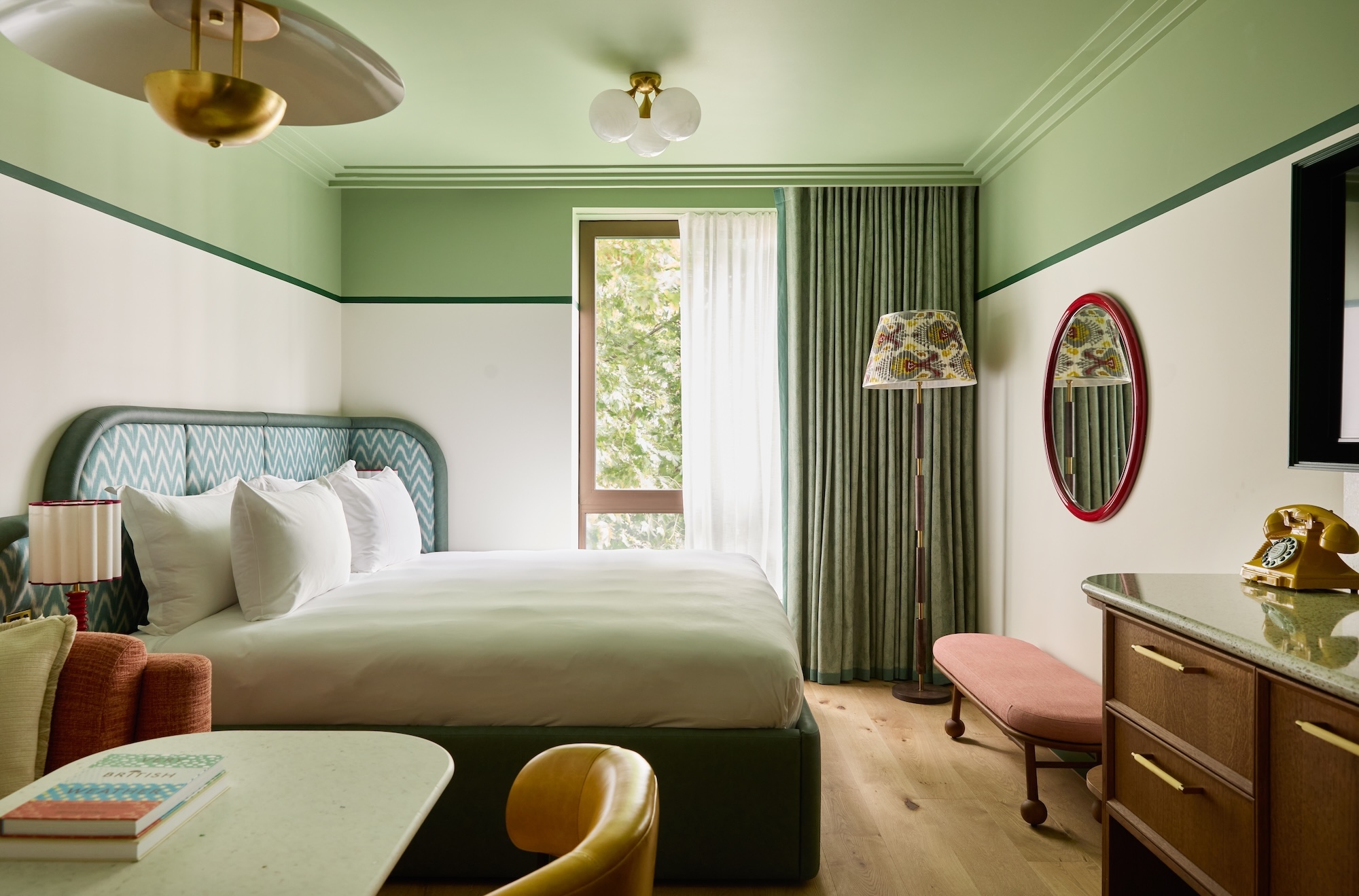 At last: a London hotel that’s great for groups and extended stays
At last: a London hotel that’s great for groups and extended staysThe July London Victoria, a new aparthotel concept just steps away from one of the city's busiest rail stations, is perfect for weekends and long-term visits alike